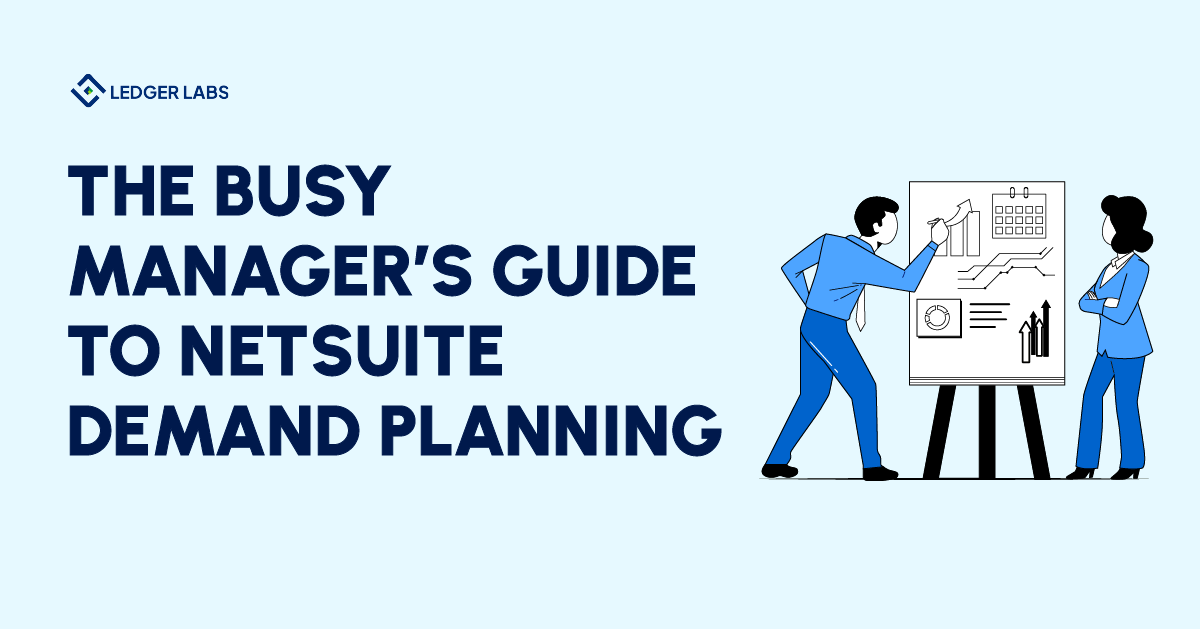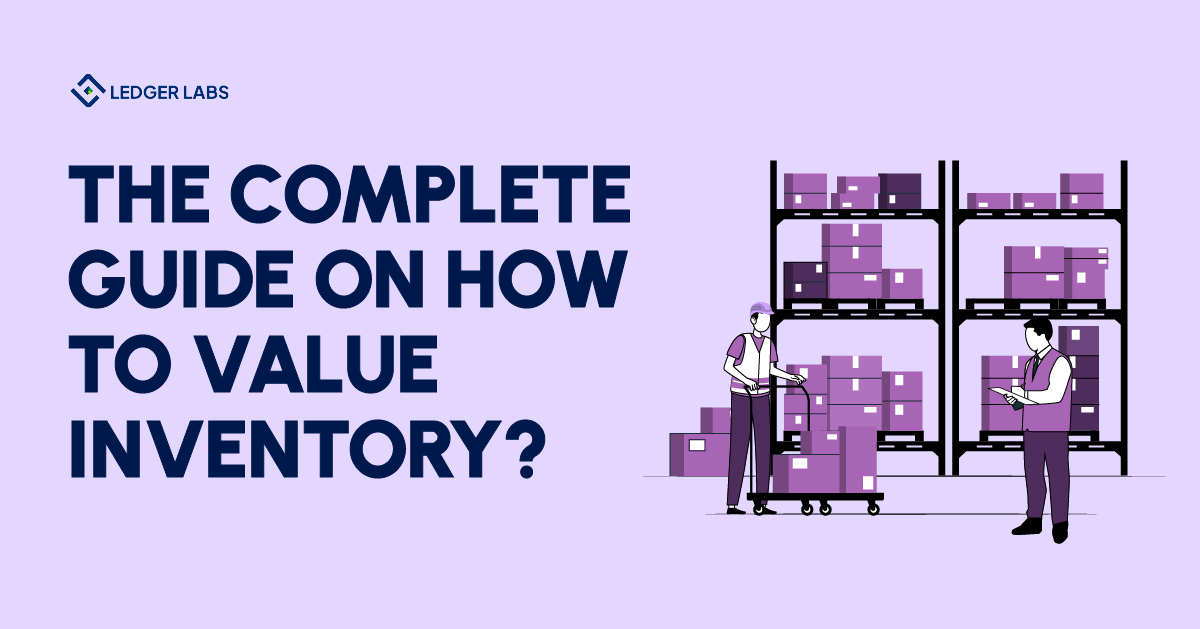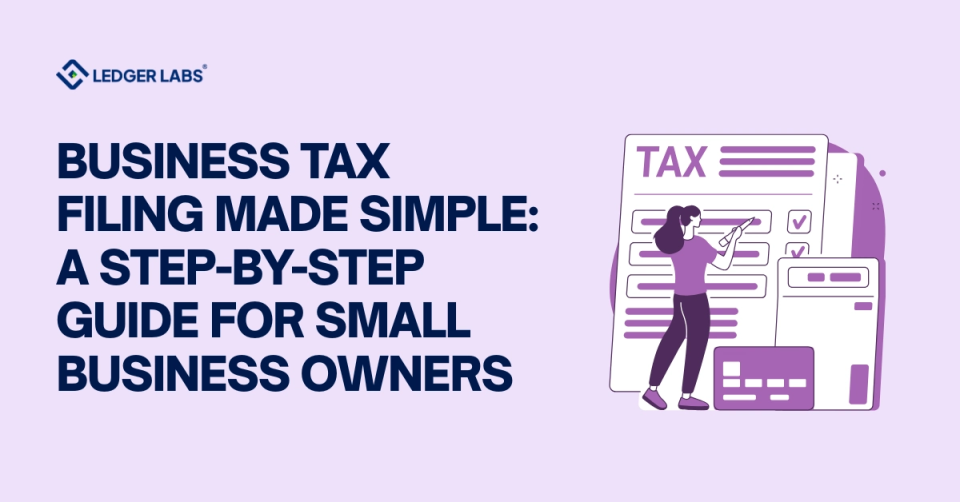1. NetSuite’s demand planning uses reliable forecasting, leveraging cloud-based data integration for accuracy.
2. It helps businesses manage inventory efficiently, minimizing costs related to stock maintenance and obsolescence.
3. Multiple forecasting methods, including moving averages and seasonal averages, are supported.
4. The system improves cash flow management by enabling better budget planning and fund allocation.
5. Centralized control over inventory from various sources ensures seamless operations across different business channels.
Different aspects of NetSuite are beneficial for different businesses.
The business needs to ascertain its requirements accurately and then implement the add-ons to the platform if and when required.
These add-ons provide additional features to the tool and make it more inclusive and controllable.
One such aspect of the platform is demand planning with NetSuite.
What is NetSuite demand planning?
NetSuite is an amazing solution for sure, but this tool alone is not as effective.
Hence, the developers of the software provide various alternatives, add-ons, and additional tools to get things done perfectly.
One such attribute is NetSuite Demand Planning. Just like the name of the solution, Demand Planning allows you to plan out the entire demand patterns, with respect to quality and quantity, that may appear in the business in the future.
If put in simple terms, the demand planning aspect of NetSuite allows the business to ascertain the projected demand for any product or service. This projection of demand is ascertained after analyzing the demand history, previous demand patterns, changes in the behavior of the customer, competitor prices and policies, and various other factors. The task, as you can see, can be quite complicated at times for all. The resource you employ may be able to take care of such requirements and ascertain demand, but errors and omissions may happen.
Thankfully, NetSuite demand planning is automated and does not require many manual efforts. Moreover, the chances of errors are also reduced to zero as the tool uses the database of NetSuite for reference. The tool also takes care of other requirements of the business as well. Let’s have a look at some of the features offered by the tool for deeper insight.
Characteristics of NetSuite Demand Planning
The coming sections of this guide will address the top features of the NetSuite demand planning aspect of the ERP tool.
1. Reliable Forecasting
As you may already know, NetSuite works in integration with other platforms. When you integrate the CRM or any other third-party or indigenous tool with NetSuite, the data from such tools are stored in the cloud of the ERP software. This data can be later used by NetSuite demand planning to forecast accurate and precise demands. As the data is collected from other tools and used, it provides a surety of accuracy. Manual data collection and entry can affect the outcomes, but automation does not.
All the forecasts provided by the tool are derived from the actual facts, hence, the business and its departments can rely on this information and use the same for forecasting. The tool is quite flexible and allows you to introduce the required changes as well. Hence, you get reliable forecasts along with centralized control over different attributes.
2. Inventory Control
As it must be clear from the definition of the software, the tool allows you to ascertain the demands in the future. This forecast helps you in the management of the inventory. When you get a ballpark about the future requirements of the customers, you can easily cater to these requirements. The additional costs spent on the maintenance of stock, damage to the perishable inventory, etc. are reduced to the minimum.
Moreover, the production or procurement department of the business would also get huge help with the forecast. Once the demand is ascertained, the department can easily make amends and procure the required goods as and when necessary. Similarly, the production department would be able to produce the quoted goods as well. This smoothens the process of inventory control and management.
3. Multiple Methods of Forecasting
All businesses do not use the same method for the calculation of demand or demand forecasting. Hence, to cater to the different calculation requirements of different businesses, NetSuite demand planning offers multiple methods of forecasting. You can use any of these methods as suited to your business and gather the required data. From the seasonal average method to the moving average one, the tool allows you to use various methods for precise calculation. Linear forecasting and other advanced methods or functionaries may not be available in all demand planning solutions, but the one from NetSuite does include all of these.
4. Management of Cash Flow
Using the tool, you can forecast the demand. But what to do after the forecast has been done? Now you need to assign the required funds to the required tasks or departments like the purchase of raw material, processing and production, etc. so that the personnel can proceed to meet the requirements of the forecast.
Using this technique and information, the business can keep an eye on the movement of cash. Moreover, forecasts can also help in devising accurate budgets. All this sums up to provide better control and reduced cost for the business and its operations. As long as you take the help of the NetSuite demand planning user guide, you can easily execute all these tasks.
5. Centralized Control
Demand is associated with inventory and inventory can be distributed to different sources. For example, a business may be operating online using an eCommerce website as well as offline via stores in different locations. If conducted manually, it becomes quite tough for the business to manage the inventory from all these sources.
NetSuite demand planning makes it easy for the business to manage the inventory from as many sources as required. You get centralized control over the inventory using the tool. The software retains all the data from various sources in real time and records the same in the database. However, you may need some help from outsiders in ascertaining the maximum benefits of the centralized control offered by the NetSuite ERP tool.
6. Variety of Filters
NetSuite is very flexible and versatile. It offers a variety of options and functionalities to all. The same goes for NetSuite demand planning. With this tool, you get a variety of filters and options that allow you to categorize the data and get the required information with ease.
So, these were the top features offered by demand planning NetSuite. Now, let’s have a look at the benefits of using the solution for any business.
Advantages of NetSuite Demand Planning
Here are certain factors in the favor of NetSuite demand planning that will allow you to understand why employing and implementing the solution is the best for any business.
- The tool allows you to minimize the chances of stock obsoletion.
- You can easily maximize the sales of your stock using the interactive solution.
- The cost of producing, procuring, and managing the stock can be reduced to the minimum.
- With the help of demand planning, you can reduce the chances of delay in production.
- You get positive growth with absolute stability with planning.
- The return on investment is maximum when you follow the forecasts made by the tool.
- You get utter control over the complete domain of inventory and sales forecasting.
It may not be easy for all to get the maximum benefits out of demand planning. So, to help you get more and better, the next section will offer some tips for you to follow.
Assign A Team For Management
You can not suppose to use NetSuite without assigning a proper team for the task. This team should have extensive training in the ERP tool so that they can provide you with the maximum benefits while using the solution. Additionally, this team will also work to inform the higher authorities in the business about any harmful event that may appear in the near future.
For this task, you can either manage an in-house team or hire a third-party service provider. The cost of managing and employing in-house personnel is quite high. So if you can’t afford the same, you can always go for the third-party NetSuite ERP experts that will help you with every aspect of the tool, including NetSuite demand planning.
This team will assist you in integration, using connectors, management, reporting, data collection, and much more.
Integrate and Record Everything
If you want to get better and more accurate forecast results, then it’s suggested that you try to integrate as many platforms with NetSuite as possible. This will allow you to get centralized control over all the external and internal factors. Additionally, as there can be multiple platforms and tools that a business can use, you also get a single one to record and access the data as and when required. Moreover, another added benefit that you get with including more is that it will allow you to gather data from multiple sources.
Commence ASAP
The last tip that we leave with you is that you should commence the work as soon as possible. If you think that your business requires NetSuite demand planning, you should act to implement the same in your business as soon as possible. Procrastination will only affect your business and may even increase the chances of losses and the hits of increased costs because of ineffective demand and inventory management.
NetSuite Demand Planning Module Price
By now, you have gained all the required information related to demand planning in NetSuite. If you have come this far, then it means that you are intrigued to implement the module in your business. There is no fixed price to avail of demand planning with NetSuite. The involvement of different factors can increase or decrease the cost for different businesses.
Initially, you may be skeptical about investing right in without using the service. So, for ease, you get the trial option to use the module. The actual price of using the module is different for different businesses. The more you seek, the more it costs.
Additionally, there is an annual price that you need to pay in order to use NetSuite itself. Thankfully, you only need to pay a one-time fee to install the module in NetSuite. Apart from this, the cost of the team employed to manage NetSuite and demand planning is also there.
All in all, at the end of this guide we only have a couple of words to say to you.
It’s very beneficial for a business to employ and use the NetSuite demand planning module in the business. This benefit can range differently for different businesses, so proceed cautiously. If you think that you can get immense benefits from the module, then hop right on.












